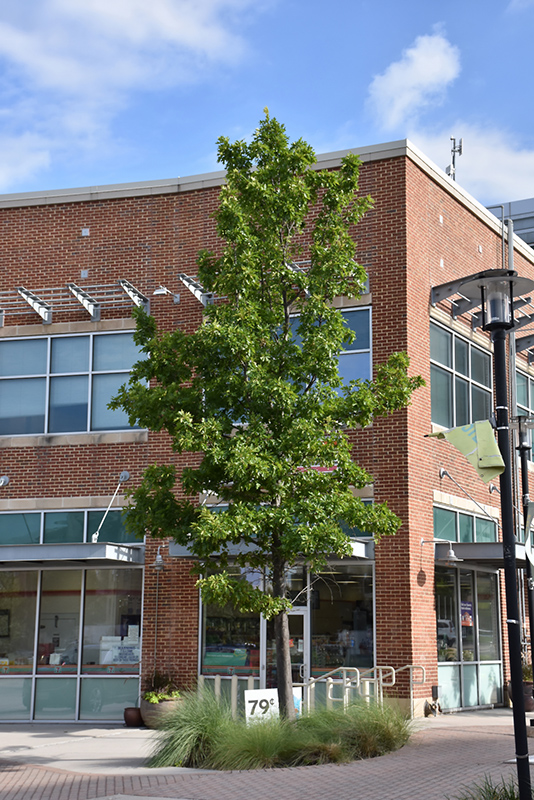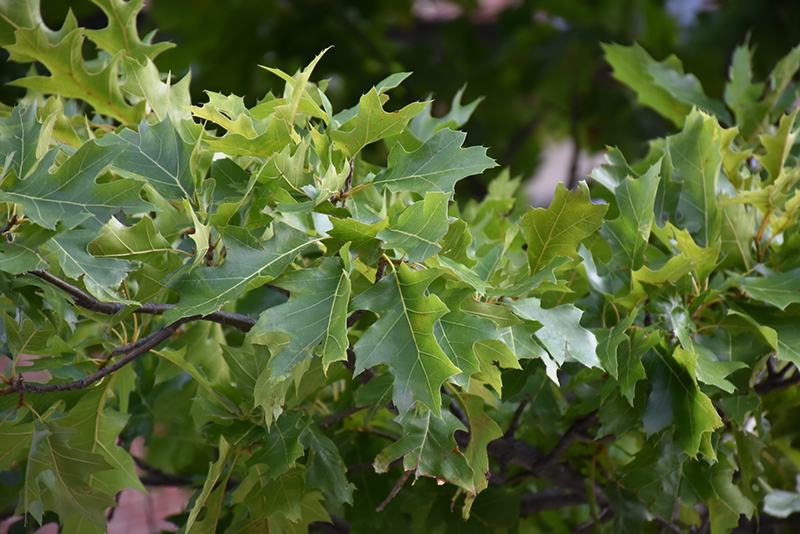>> Home
Height: 70 feet
Spread: 50 feet
Sunlight:
![]()
Hardiness Zone: 6
Other Names: Spanish Oak
Description:
An ornamentally attractive oak with a straight trunk and rounded crown; best used in larger landscapes where it has room to spread; extremely tough and adaptable but relatively slow growing; an excellent shade or large landscape accent tree
Ornamental Features
Southern Red Oak has dark green deciduous foliage on a tree with an upright spreading habit of growth. The serrated lobed leaves turn coppery-bronze in fall. However, the fruit can be messy in the landscape and may require occasional clean-up.
Landscape Attributes
Southern Red Oak is a deciduous tree with an upright spreading habit of growth. Its average texture blends into the landscape, but can be balanced by one or two finer or coarser trees or shrubs for an effective composition.
This tree will require occasional maintenance and upkeep, and is best pruned in late winter once the threat of extreme cold has passed. It is a good choice for attracting squirrels to your yard. Gardeners should be aware of the following characteristic(s) that may warrant special consideration;
- Messy
- Insects
- Disease
Southern Red Oak is recommended for the following landscape applications;
- Accent
- Shade
Planting & Growing
Southern Red Oak will grow to be about 70 feet tall at maturity, with a spread of 50 feet. It has a high canopy with a typical clearance of 6 feet from the ground, and should not be planted underneath power lines. As it matures, the lower branches of this tree can be strategically removed to create a high enough canopy to support unobstructed human traffic underneath. It grows at a slow rate, and under ideal conditions can be expected to live to a ripe old age of 300 years or more; think of this as a heritage tree for future generations!
This tree should only be grown in full sunlight. It is very adaptable to both dry and moist locations, and should do just fine under average home landscape conditions. It may require supplemental watering during periods of drought or extended heat. It is not particular as to soil type or pH. It is somewhat tolerant of urban pollution. This species is native to parts of North America.

